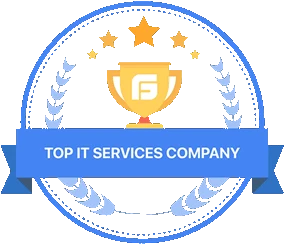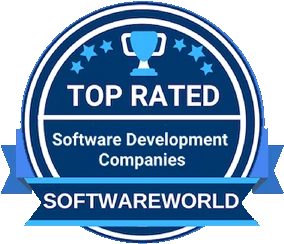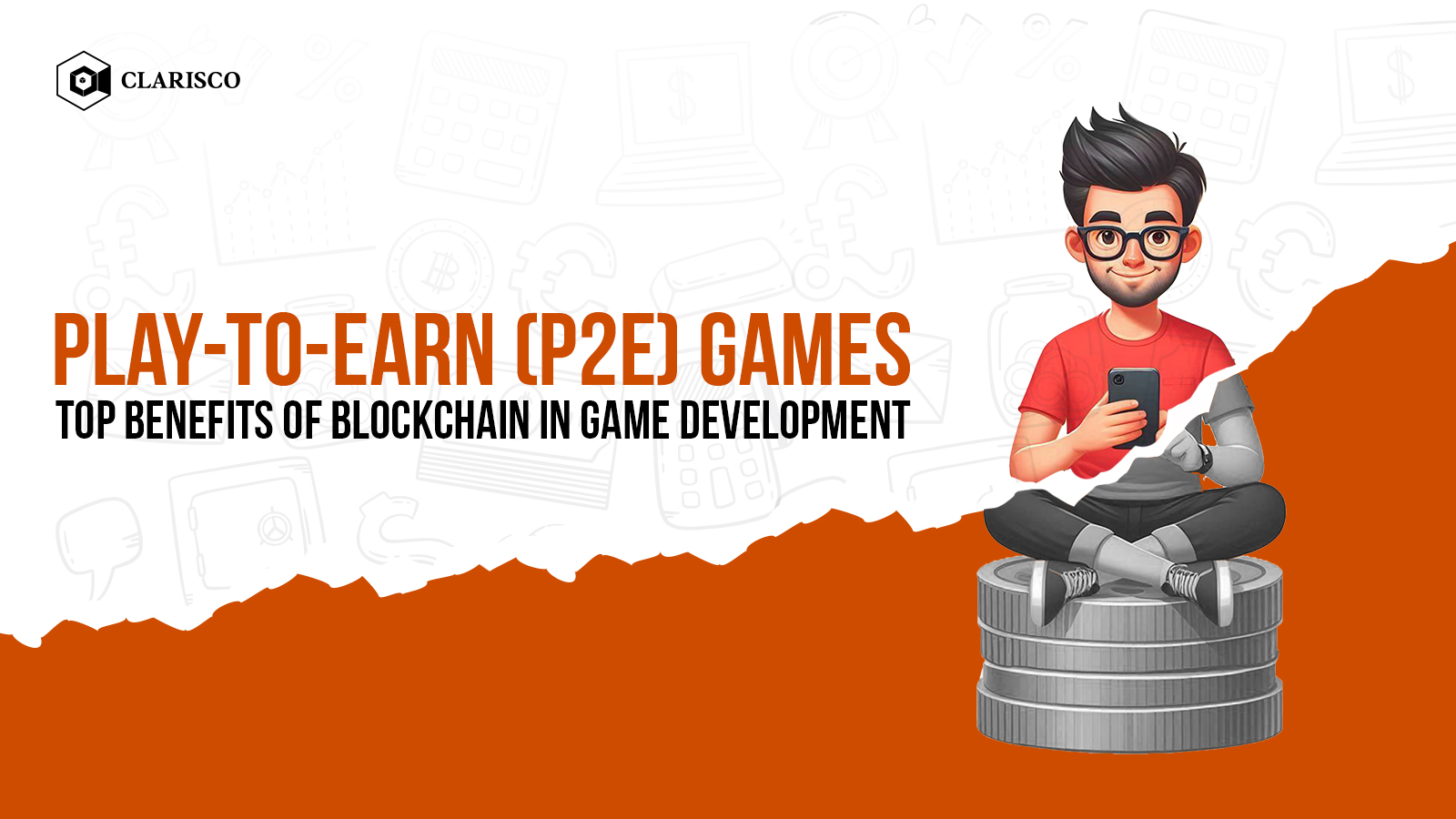
























































































































































































Clarisco requests your action to continue
The above mentioned products are used only for clear understanding. We don't have control of the brand and are not doing direct & indirect partnerships with them. We are also not doing promoting activities for them.
Matt Mullenweg once said, 'Technology is best when it brings people together.' Gaming still tops this list. There is no other sector that can bring everyone together. Right now, the gaming industry is undergoing another transformation with blockchain technology and Play-to-Earn (P2E) games.
Other than traditional gaming models controlled entirely by publishers, blockchain gives player ownership and decentralization. Competitors like Axie Infinity, Decentraland, The Sandbox, and Illuvium have already showed how blockchain-powered ecosystems can revolutionize gaming into a blend of fun and finance.
In this blog, we'll explain blockchain's impact on gaming, P2E development, its benefits, challenges, and future all while keeping an eye on real-world numbers and competitors.
Blockchain in gaming uses decentralized ledger technology to ensure ownership, verifiability, and security of in-game assets. In traditional models where your purchased sword, skin, or land remains locked in a publisher’s server, but blockchain stores it on-chain as an NFT (non-fungible token) meaning you own it permanently.
The impact is already visible through these numbers,
o The global blockchain gaming market was worth USD 13 billion in 2024 and is expected to exceed USD 600 billion by 2030, growing at a CAGR above 68%.
o Blockchain games account for 35% of all decentralized app (dApp) activity, making them the single largest category in Web3.
o In 2021, Axie Infinity hit 2.7M daily active users and generated USD 4.3B in NFT transactions, proving how powerful the model can be.
o Decentraland and The Sandbox sold virtual land parcels worth millions, attracting not just gamers but global brands like Adidas, Gucci, and Warner Music.
Blockchain is not limited to a single genre; it powers different styles of games. These categories highlight blockchain’s utility across gaming ecosystems.
1.Collectible NFT Games
Early blockchain games like CryptoKitties introduced NFT collectibles that could be bred, traded, and owned.
2.Play-to-Earn (P2E) Games
Tokens or NFTs earned by players can be exchanged for actual cash. Axie Infinity and Illuvium fall into this category.
3.Metaverse & Virtual Worlds
Platforms like The Sandbox and Decentraland allow players to buy land, build experiences, and monetize them.
4.Competitive & eSports Blockchain Games
Reward systems powered by smart contracts ensure transparent prize distribution.
5.Hybrid Web2 + Web3 Games
Studios like Ubisoft are experimenting with NFTs as in-game cosmetics, paving the way for AAA blockchain adoption.
Gameplay mechanics + tokenomics = P2E game, this is how complex is developing a play-to-earn game than traditional development. But partnering with a P2E Blockchain Game Development Company can simplify this process and let's have a look at the usual process.
1.Economic Design & Tokenomics: Developers must carefully balance earning and spending sinks. Axie Infinity had to redesign its reward model when token inflation hurt sustainability.
2.Blockchain Selection: Ethereum, Polygon, Solana, and BNB Chain are the most popular choices, each with trade-offs in fees and ecosystem size.
3.Smart Contract Development: Secure contracts manage assets, transactions, and governance. Audit failures could mean major losses.
4.User-Friendly Onboarding: To reach mainstream users, wallet integration must be simplified. Illuvium, for example, plans easy onboarding for non-crypto users.
For founders, blockchain means higher retention and monetization, but for players (of course, the users), it simply means empowerment and economic participation.
1.True Digital Ownership
Players own NFTs permanently, far from traditional games where assets vanish when servers shut down.
2.Secondary Market Monetization
Developers earn royalties from NFT resales, creating ongoing revenue streams.
3.Financial Inclusion in Emerging Markets
During the pandemic, Axie Infinity became a source of income for thousands of players in the Philippines and Venezuela.
4.Transparent & Secure Economies
Smart contracts ensure fairness in marketplaces, prize pools, and transactions.
5.Improved Community Engagement
Token-based governance upgrades players into active stakeholders, not passive consumers.
6.Cross-Platform Interoperability
Imagine buying a rare sword in Illuvium and later using it in The Sandbox. This cross-game utility is becoming a reality.
With $2.5B+ invested into blockchain gaming startups in 2023, the foundation for massive growth is already laid. The next decade of gaming will see blockchain move from hype to mainstream adoption, through
o Scalable Solutions: Layer-2 networks like Immutable X and Polygon reduce fees for a smoother gameplay.
o AAA Studio Adoption: Square Enix and Ubisoft are watching out for blockchain integration, signaling the entry of mainstream publishers.
o Cross-Game Standards: Assets will flow across multiple ecosystems, building a true metaverse.
o Regulatory Frameworks: Clearer rules will attract institutional investors and reduce uncertainty.
o Flawless UX: Wallet abstraction and fiat onramps will eliminate crypto barriers that will make blockchain games accessible to all.
Just like any other industry, blockchain gaming also has its own challenges and limitations. But overcoming these hurdles will decide if blockchain gaming becomes a global mainstream phenomenon or not.
1.Token Inflation: Poorly designed P2E economies collapse when rewards outpace demand.
2.High Entry Costs: NFT buy-ins can be expensive, reducing accessibility.
3.Regulatory Uncertainty: Some tokens risk being labeled securities.
4.Technical Complexity: Wallets, gas fees, and private keys still deter mainstream players.
5.Trust Issues: Past scams and rug-pulls have damaged blockchain gaming’s reputation.
6.Environmental Concerns: Although Proof-of-Stake chains are greener, misconceptions persist.
The industry pioneers like Axie Infinity, The Sandbox, Decentraland, and Illuvium have already demonstrated the potential, but the next generation of titles should focus on fun-first experiences with sustainable economies. As an entrepreneur, partnering with a top-rated blockchain development company will make this process even smoother. In the future, the boundaries between play and work will blur, and it will totally transform blockchain-powered gaming.
Our trustworthy and happy Clients

200+

served Clients with a happy smile
Awards & Recognition
We are extremely pleased that reputable publications around the world recognised our superior work.




We'd Love To Hear From You!
Know your requirement, our technical expert will schedule a call and discuss your idea in detail. All information will be kept confidential.

Plot No. 29, 30, Iswarya Nagar,
Madakkulam, Tamil Nadu 625003, India
Business@clarisco.com +91 9442430551Monday-Saturday: 10am - 7pm
Sunday: Closed
